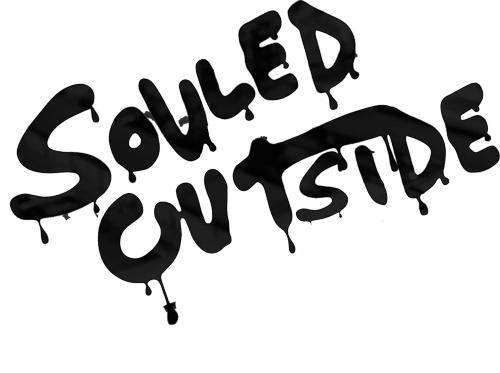12,101 feet—“One wrong step and you’re dead,” I thought. The clouds whipped around the peak, blurring the line between Earth and sky. The clouds were to blame. They were to blame for the low visibility and the slick, damp rock and the moronic idea to climb out this far.
But the clouds made a heck of a view; it was a sight I couldn’t pass up.
I scurried over the wet rocks with the camera timer winding down.
The day didn’t begin in the alpine tundra. It began, as many do, under the red canopy of a tent. The rain had been relentless all night, but when the sun broke it finally let up. I was cold, but mostly dry.
Work came first, of course. But in late afternoon, I decided to make the 3.3-mile trek to Gem Lake. A short hike in a less-trafficked area of Rocky NPS (away from the elkmoot and the Hubble-toating Baby Boomers) seemed like a great idea. And as I crested a switchback, finding myself in a sudden and strange scene out of Indiana Jones, I knew I’d made the right call.

The hill was like some ancient alter of Fall. A ring of golden aspen encased the bizarre boulder formation, which was somewhere between the Temple of Doom and a shoddy, geologic impression of a boot. It was as if its singular purpose was to tell me, “Fall is here.”
I plodded on.
The hike to Gem Lake was no death march. It bore only a faint resemblance to the adventure at Druid Arch: there were a few rocks to scramble, but I was mostly content to slowly amble to the lake and back.
When I arrived, the lake was small. It was peppered with rain drops and a handful of day hikers meandered around its shore. “That was it,” I thought. “An uneventful adventure for an uneventful day.”
But I didn’t know, yet, about the tundra.

The place is otherworldy. The alpine tundra is a land of frost and fog whose foundations seem to shift every 30 seconds. I’ve never been anywhere like it. I’ve never seen anything like it; even the heights of Mount Whitney were not this bleak.
Once you break 11,000 feet in the Rockies, you’re well above treeline. There is grass here, and the elk know to look for it. But aside from the wandering herd and the occasional marmot, the tundra here takes its life from the elements—from the ever-shifting seas of fog and cloud that obscure peaks, valleys and travelers in a cold, grey haze.
A lone road traverses these heights: the Trail Ridge Road, highest in the Colorado Rockies. At one bend, you might see for 50 miles. At another, you’ll struggle to see 50 feet, which brings us back to the wet rocks.
I needed a prop to take in the magnitude of this place. For better or worse, the only prop available was me. And as I scrambled to reach the peak in time, racing the camera shutter and the changing world around it, I had to make a choice: there was a gap in the trail.
“Jump, and you’ll probably make it,” I thought.
“Quit, and you won’t get the shot.”
“Fall, and you’re dead.”

It’s not a shot I care to repeat.










